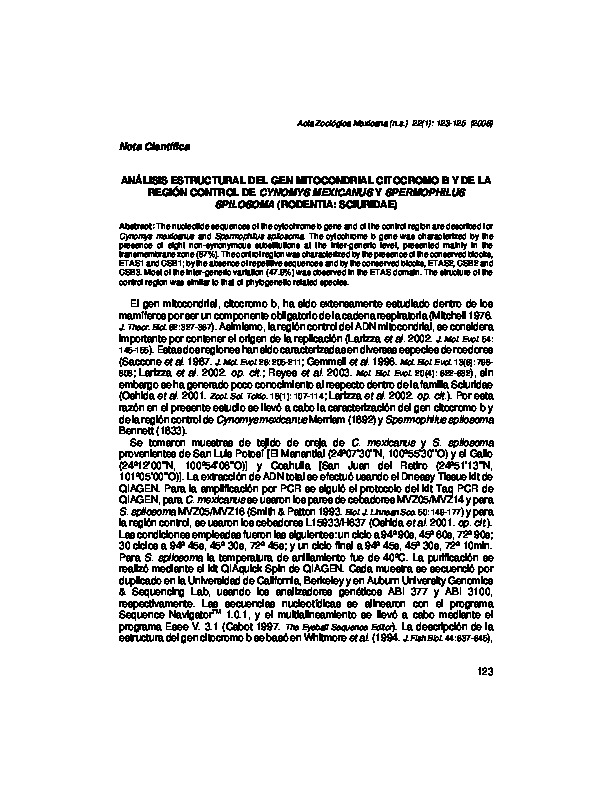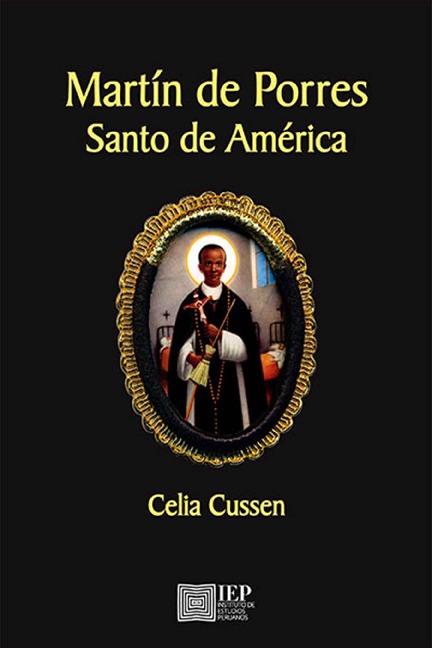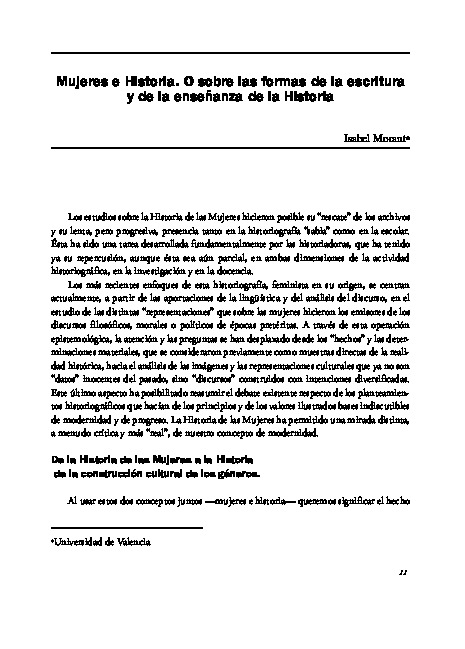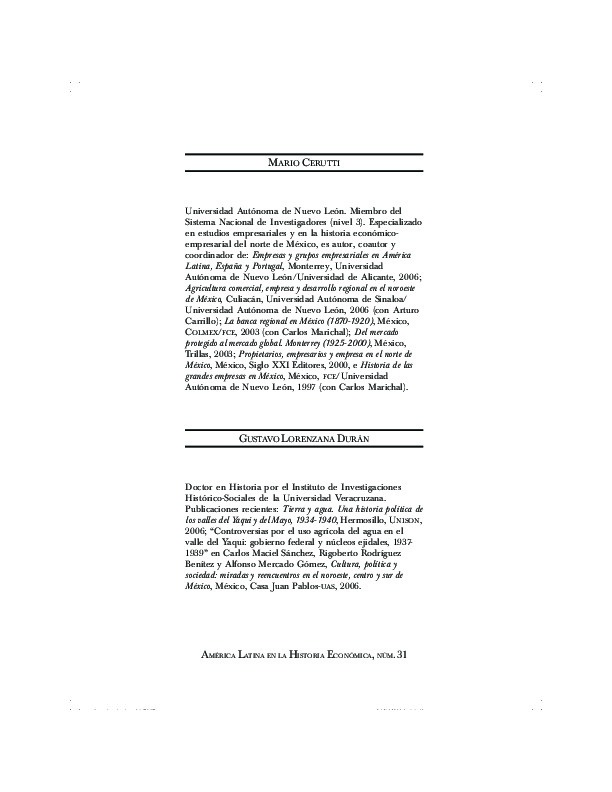Textos
Texto
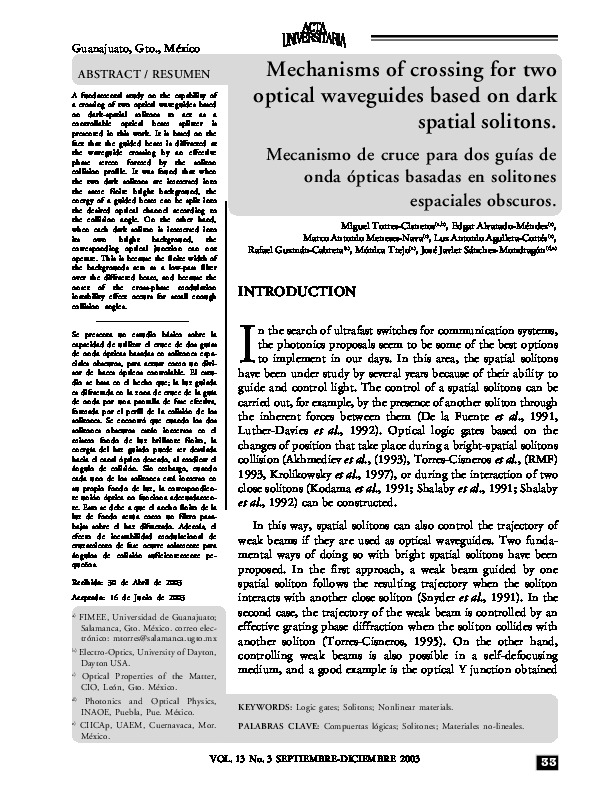
Mechanisms of crossing for two optical waveguides based on dark spatial solitons
Descripción
A fundamental study on the capability of a crossing of two optical wave guides basedon dark-spatial solitons to act as a controllable optical beam splitter is presented in this work. It is based on the fact that the guided beam is diffracted at the wave guide crossing by an effective phase screen formed by the soliton collision profile. It was found that when the two dark solitons are immersed into the same finite bright background, the energy of a guided beam can be split into the desired optical channel according to the collision angle. On the other hand, when each dark soliton is immersed into its own bright background, the corresponding optical junction can not operate. This is because the finite width of the backgrounds acts as a low-pass filter over the diffracted beam, and because the onset of the cross-phase modulation instability effect occurs for small enough collision angles.
Torres Cisneros, M. et al. (2003). Mechanisms of crossing for two optical waveguides based on dark spatial solitons. Acta Universitaria, 13 (3), pp. 33-38.
Categorias:
Colecciones:
Recuerda
La cultura y la educación necesitan de tu apoyo activo.
Información del autor

ACUEDI
ACUEDI son las siglas de la Asociación por la Cultura y Educación Digital. Somos una asociación civil sin fines de lucro, con sede en Lima (Perú), fundada en noviembre del 2011. Nuestro principal objetivo es incentivar la lectura y la investigación académica, especialmente dentro de espacios digitales. Para ello hemos diseñado una serie de proyectos, todos ellos relacionados entre sí. Este es nuestro proyecto principal, nuestra Biblioteca DIgital ACUEDI que tiene hasta el momento más de 12 mil textos de acceso gratuito. Como tenemos que financiar este proyecto de algún modo, ya que solo contamos con el apoyo constante y desinteresado de la Fundación M.J. Bustamante de la Fuente, hemos creado otros proyectos como ACUEDI Ediciones, donde publicamos libros impresos y digitales, y la Librería ACUEDI, donde vendemos libros nuestros y de editoriales amigas ya sea mediante redes sociales, mediante esta plataforma, en eventos o en ferias de libros.ACUEDI
